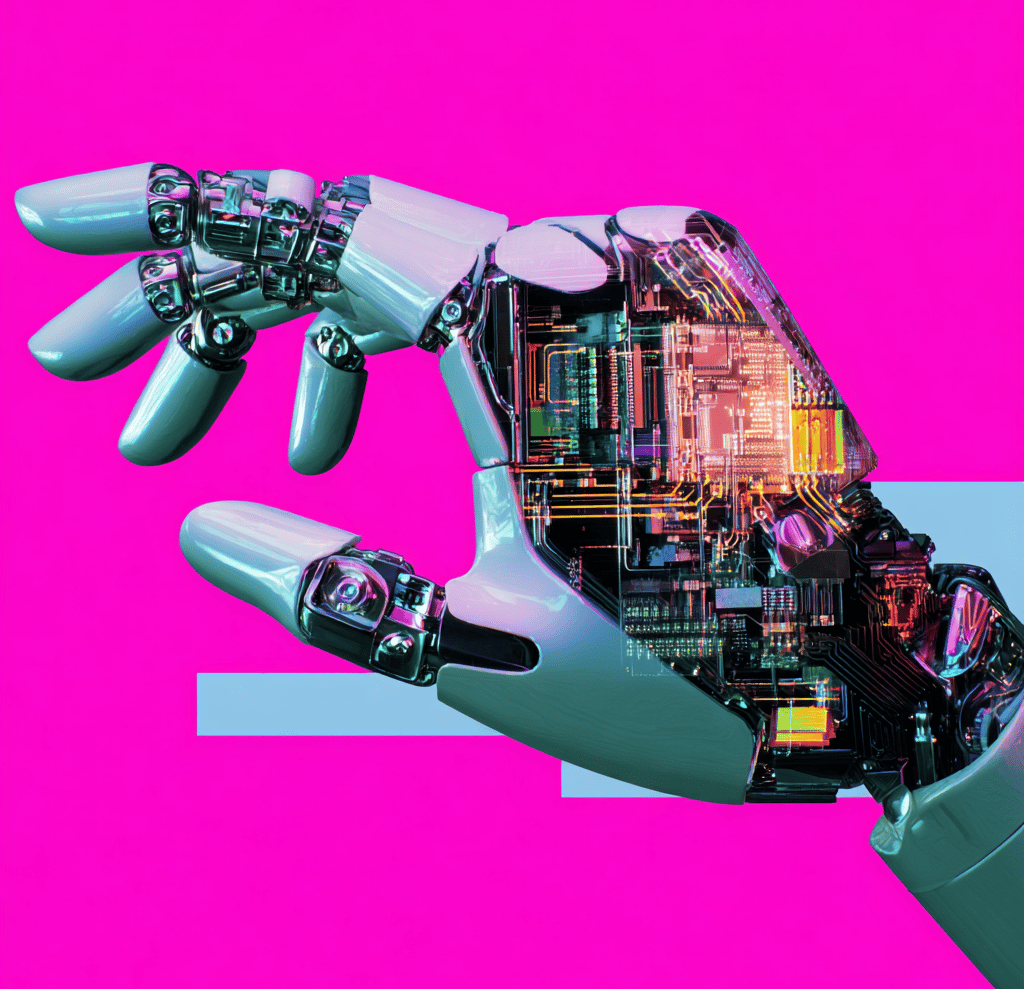Will AI Replace Apps?
The transformative impact of generative AI agents on the mobile ecosystem is massive. Learn why the rise of AI-driven, intent-based assistants and fluid, customizable interfaces signals the beginning of the death of the App Store and the end of single-purpose apps.
Sid
10/29/20254 min read


The mobile era, defined by the grid of colorful icons on our smartphone screens, is fundamentally a story of the App Store. For over a decade, this walled garden has been the undisputed gatekeeper of the digital economy, dictating how we organize our digital lives, solve our problems, and spend our money. However, the seismic shift brought about by generative AI is challenging this model at its very core. The future of mobile interaction is moving rapidly away from the static, single-purpose application and toward the dynamic, multi-modal AI Agent.1 This transition suggests that while code won't vanish, the experience of using an app, and the centralized marketplace that delivers it, is heading for radical transformation, if not outright obsolescence.
From Taps to Talk
The traditional app model is inherently rigid and inefficient. To complete a complex task, such as planning a trip, booking a dinner, or managing a financial transaction, the user must manually switch between multiple separate applications (a calendar app, a travel app, a banking app, a messaging app), each with its own interface, logic, and data silo.2 This process is time-consuming and cognitively demanding.
The rise of the AI Agent offers a radically different paradigm. An agent is an autonomous, intelligent program capable of understanding a user's intent expressed in natural language and executing multi-step actions across various digital services.3 Instead of opening five apps to plan a weekend trip, the user simply states, "Plan a weekend trip to London next month, including a flight under $400 and a dinner reservation near a museum." 4The AI agent then works in the background, utilizing APIs and plugins for airline, hotel, and restaurant services, orchestrating the entire workflow and presenting a synthesized, personalized solution.5
This shift moves the user experience from a predefined flow (following a developer’s menu structure) to a user-defined path (the AI constructing the necessary interface and flow on the fly based on the request).6 This ability to transcend app silos and act proactively makes the standalone app unnecessary for an increasing number of common tasks.7
The End of the Fixed Interface and UI/UX Complexity
A central pillar of the App Store's longevity has been the Graphical User Interface (GUI). Every app requires a developer to spend thousands of hours designing and coding fixed buttons, menus, and layouts. The result is a consistent, but constrained, experience.
Generative AI introduces the concept of Generative UI.8 If an AI agent can assemble a user interface in real-time based on the user's specific need at that exact moment, the need to download and maintain a static app for every minor function evaporates. Imagine an AI assistant that, when asked to manage a return, instantly generates a simple, custom return form screen overlaid with the necessary carrier and tracking information, without ever requiring you to navigate the carrier’s complex official app.
This means that for countless single-purpose apps such as utility calculators, simple news readers, minor weather widgets, or basic to-do lists, the user will simply interact with the central AI layer instead. The underlying service will persist, but the front-end application, the one we download and tap, will not. This drastically reduces the necessity of the current App Store model, which rewards and monetizes the downloading of fixed, discrete pieces of software.
The App Store's Evolution
Does this mean the App Store will instantly cease to exist? Unlikely. However, its role will fundamentally change. The App Store was built as a distribution and payment gateway for fixed binary code. In the age of agents, its value proposition is diluted.
The App Store will likely transition from a marketplace for consumer apps to an API and Agent Hub. Developers will no longer focus solely on creating beautiful, functional front-end apps, but on creating powerful, efficient backend services and APIs that the AI agents can seamlessly plug into.9
Plugins and Tools: The remaining "apps" will function more like specialized tools or plugins that an overarching AI assistant can invoke.10 For instance, the AI will use the Uber API for ride-hailing and the Spotify API for music, all without the user ever opening the native Uber or Spotify app interface. The App Store would become a registry or marketplace for these "agent capabilities."
Complex Creation Tools: Highly specialized, feature-rich applications like professional video editors (Final Cut Pro), 3D modeling software, or complex development environments will likely endure, as their complexity and deep user control are difficult for a conversational AI to fully replicate.11 These require high levels of conscious, nuanced human input and control that an agent cannot easily abstract away.
Challenges to the Agent-First Future
Despite the revolutionary potential, the "death of the app" faces significant hurdles. Trust, Security, and Identity remain key concerns.12 Users are accustomed to the clear security and identity verification protocols of a recognized banking or social media app. Handing over financial and personal identity control to a single, monolithic AI agent, even one that chains together vetted services, presents a substantial psychological barrier.
Furthermore, Monetization and Discovery are unsolved problems for the agent economy. The App Store provided a simple, centralized revenue split. In an agent-first world, how do developers get paid when the user interacts with their service only through an intermediary AI? The platform creators (Apple, Google, OpenAI) must establish new, equitable protocols for agent-to-agent payments and value attribution to keep the developer ecosystem incentivized and thriving.
